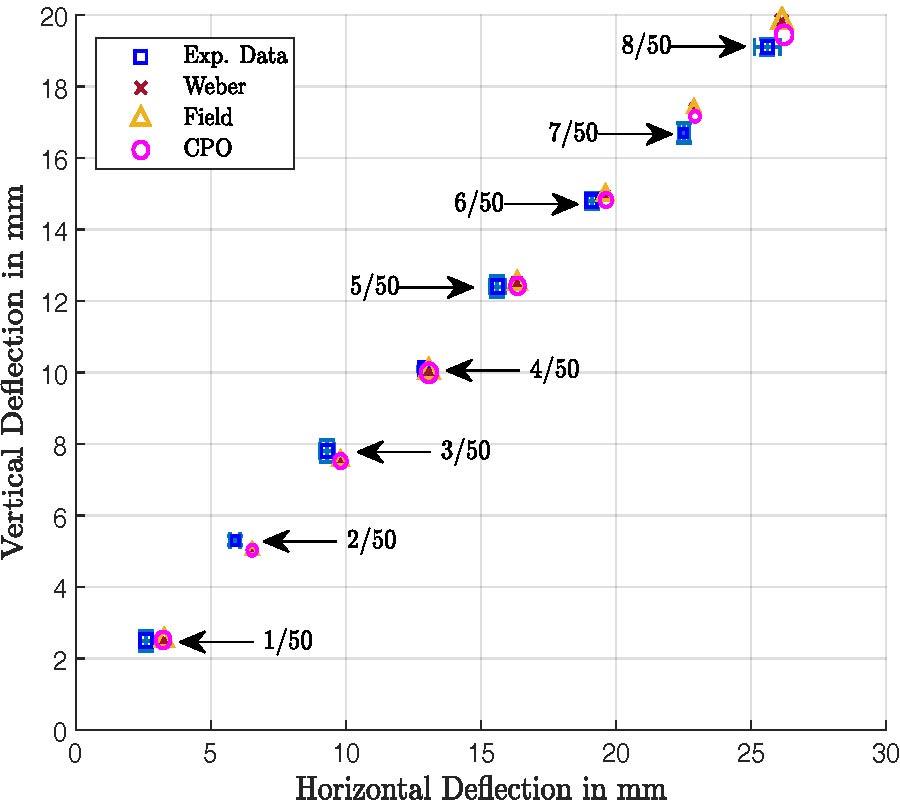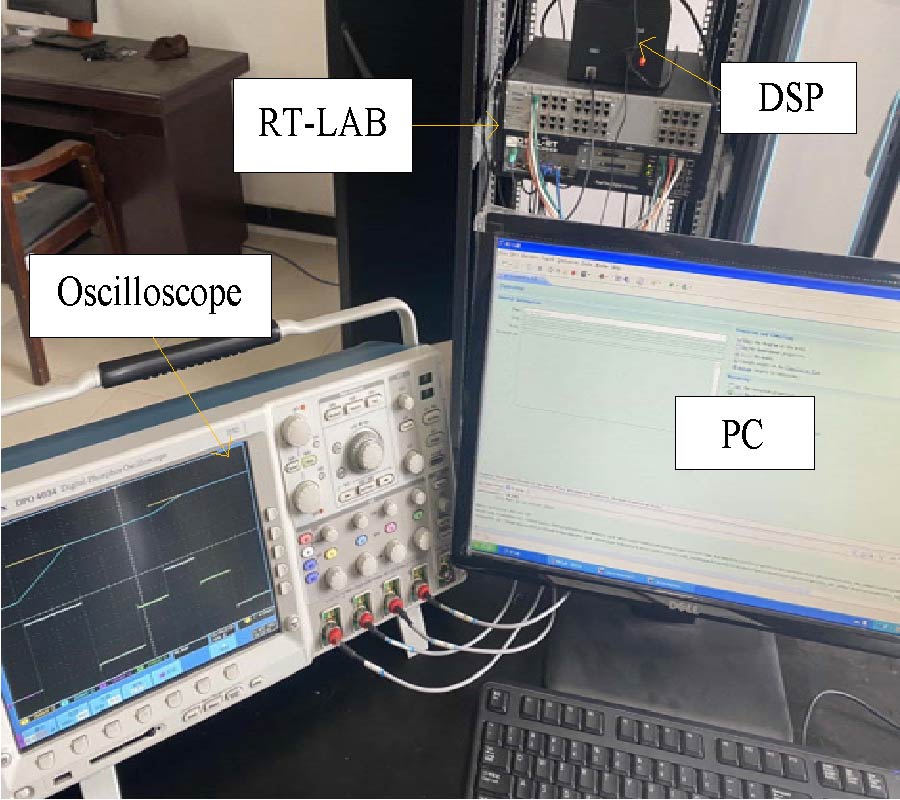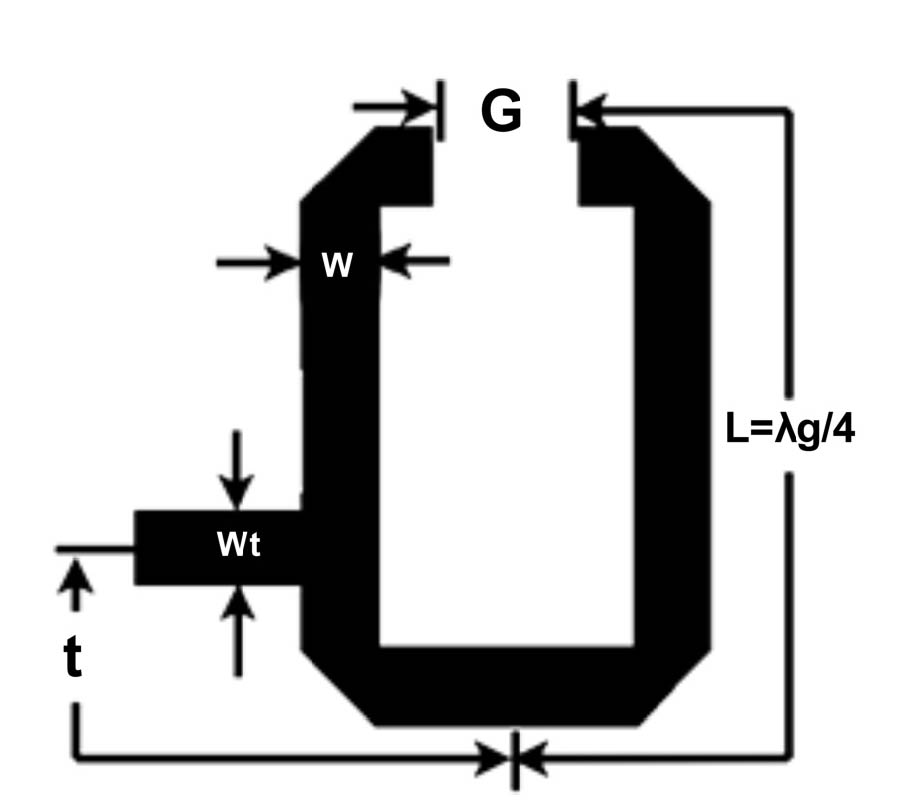NavIC Multipath Signal Analysis for Soil Moisture Sensitivity in the Perspective of a Winter Wheat Crop
Vivek Chamoli,
Rishi Prakash and
Anurag Vidyarthi
The retrieval of soil moisture in presence of vegetation has received relatively less attention than bare land when observations are made with Global Navigation Satellite System (GNSS). In plane bare land, the reflected GNSS signal is affected by the land characteristics which is dielectric constant of soil. However, in vegetated land, the reflected signal is affected by dielectric constant of soil as well as the characteristics of vegetation which makes the retrieval of soil moisture a cumbersome task in presence of vegetation. Monitoring soil moisture in vegetated land is important for soil health and its suitability for agriculture purposes. Therefore, analysis of soil moisture in presence of vegetation has been studied in this manuscript by utilising the Navigation with Indian Constellation (NavIC) which is a very new entry in GNSS domain by Indian Space Research Organization (ISRO). NavIC receiver setup was installed in a wheat agriculture land situated in Dehradun, India. The wheat crop was sown in the month of November, and it was harvested in the month of April. In situ measurement of soil moisture, crop height, humidity, soil temperature and air temperature were made. Fixed frequency method and Lomb–Scargle Periodogram (LSP) method have been analysed to determine the sensitivity of soil moisture in presence of vegetation. 15° to 30° elevation angle was utilised in the study. The sensitivity analysis was carried out by categorizing the crop based on crop height. Three crop categories have been considered which are 0 to 20 cm, 20 to 80 cm, and greater than 80 cm. The correlation coefficient in the first stage of crop growth using the fixed frequency method was 0.76, which decreased to 0.42 in second stage of crop growth and finally to 0.35 in final stage of crop growth. The correlation coefficient using LSP method was -0.68, -0.65, and -0.50 for the first, second, and third stages of crop growth, respectively. It was observed that for lower crop height (< 20 cm) fixed frequency method is more useful than LSP method. However, for higher crop height (> 20 cm) LSP method is better suited.



















